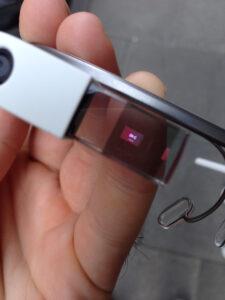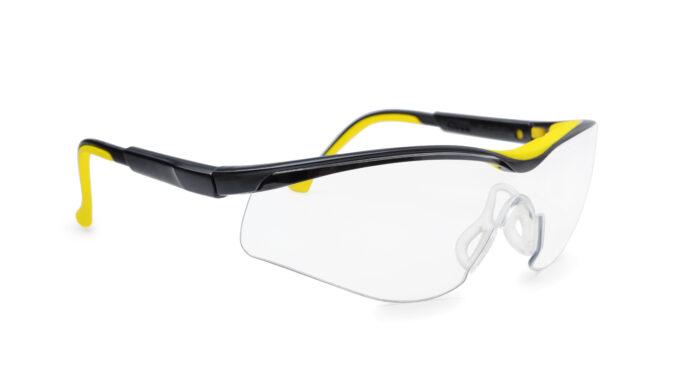It feels good to be back. For the first 14 years of my career, I worked for Andersen Consulting which became Accenture in 2001 and is still today a thriving global consulting firm. My focus during that run up to Partner was providing consulting services to Industrial and High Tech companies which would transform the way they created and consumed information. This spanned primarily the PLM and Supply Chain functions. The real innovation happens here – where product designs are realized, costs are committed and in today’s environment, product digital presence is imparted. I still have my safety goggles and rubber soled shoes, and somewhere there is a hard hat. Design it, build it, and deliver it – on time, on budget, and within a specific market window. Nothing has changed since the early 2000s in that regard.
What has changed is the “how”. While having a cup of coffee with Taleris from 2013-2015, a joint venture between Accenture and GE Aircraft which was focused on a heady term then called “Prognostics” [essentially using software to apply leading edge analytic algorithms which anticipated MRO needs and system preventive measures before traditional alerts and diagnostics were required], I spent some time identifying technology trends that would impact MRO processes. Tapping in to research from Accenture, pulling web-based reports from other consulting firms, taking a deep dive into many global provider technology viewpoints, and canvasing anything I could get my hands on, there were several trends identified. Augmented Reality, 3-D Printing, Visualization, Internet of Things (IoT), and Wearable Tech were core to the list. I am excited to say we probably hit the mark with most of those trends, and we see them today in the “how” on the shop floor. Augmented Reality is making its way into the shop floor, and 3-D Printing has evolved to additive manufacturing. Visualization has evolved to Digital Twin. Internet of Things is, well, still the Internet of Things albeit with data and digital flow rates that far exceed the view of 2015. Remember when it was cool to have 100 Mbps at the house?
Prognostics is a mainstream topic now, with blurred lines for digital twin simulation, and analytics continuing to evolve, with leading companies understanding how to operationalize both areas.
 We didn’t hit them all right in 2015. I would have bet big on Google Glass and the impact that wearing smart glass would have on manufacturing, service, and MRO operations. Still, there is a lot more wearable tech today (get your pulse on demand from your watch – and while you are at it have the groceries on your digital shopping list delivered). Maybe we will devote some space down the road on the impact of wearables on the floor and kick it around. Perhaps you have some examples that I’m missing – we would love to hear from you (trey@indmacdig.com).
We didn’t hit them all right in 2015. I would have bet big on Google Glass and the impact that wearing smart glass would have on manufacturing, service, and MRO operations. Still, there is a lot more wearable tech today (get your pulse on demand from your watch – and while you are at it have the groceries on your digital shopping list delivered). Maybe we will devote some space down the road on the impact of wearables on the floor and kick it around. Perhaps you have some examples that I’m missing – we would love to hear from you (trey@indmacdig.com).
ERP and MES are still the long haul data management players for the manufacturing world I suppose, with the primary mission being data movement to the appropriate work center or consumption point (and external demand signals for raw materials and processing needs). I’m certain there are other very specific solutions for data management and information delivery (we do have an article in work for the next edition that will touch on this – “Don’t MES with my SCADA or MOM will be upset!”). But now, the information being generated may not be consumed by a human worker, but rather a robot or maybe a Co-bot. Take for example a recent trip to our local pizza joint. I was seated at the table enjoying a pie with my oldest son, and a robot with 3 pizza boxes whirred by our table. My first reaction was that this was an iRobot on steroids, what is it doing in my pizza space? Upon a bit more observation – this robot was a very specifically programmed robot that picked up to-go orders from the kitchen and delivered them to the front of the restaurant where the hostess would process payment and hand them to customers. Wow! The robot knew through wireless data integration when the orders were ready, the approximate weight of the completed order, and the order number. My son laughed at me because he didn’t think it was a big deal – which tells me I’ve got a lot of catch up to do, and that we are definitely living in a drastically different space than a few years ago.
All of these relevant technical capabilities and the potential for automation being applied to processes in any number of ways in the manufacturing industry creates a daunting challenge. Which ones make the most sense for your environment? How do you rack and stack your needs, and identify the possible return on invested capital for your applied automation? In this issue we pull back the business process of understanding and communicating the benefits of manufacturing automation. We discuss a business case project from a consultative viewpoint, look at some trends and research from an academic perspective, and highlight some recent real-world advanced manufacturing deployments. Our objective is to arm you with decision-making tools so you can get your transformation to Industry 4.0 underway. Forward momentum is the key to any project.
For now, I’m going to keep my safety goggles with me though, but I might get some different shoes.




















